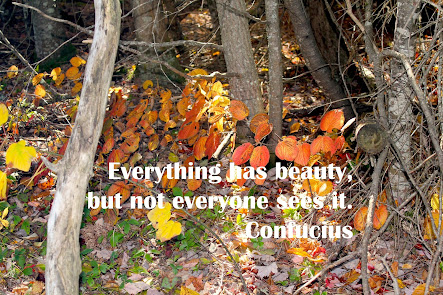This year has been unbelievable here in our area. Winter's on and off cold and deep snow which caused a number of building fires that have consumed a number of our locally historic buildings such as the The Old Union School on Brooklyn Street, the home of John Rockwell on Eaton Road, and the former Cramphin House on Landon Road and new fire on Rt. 26.
This December has been horrible....THE COLD HAS MADE IT DIFFICULT FOR EVERYONE INCLUDING THE ANIMALS. I have been struggling to get everything together for my house, the museum, and now our poor unfortunate animals.
As usual the cat population has grown because many strays have been dumped or acquired and not fixed. People move or dump them when they are not fixed because they have kittens and are producing so many offspring. The food situation including mice, birds and other creatures is down because of the winter, spring flooding, summer heat, birds of pre and chemicals in the, water and so this situation is worse for even feral cat,,,,this story plays on and on until we can gain control of the cat population.
We have received many phone calls from people because of our little not for profit...but we are unable to help... we do not get funding that can cover the outrageous over $200 to $300 it costs to fix one cat. If you contact SANS Syracuse https://www.spayandneutersyracuse.com/ which is $85 male $115 female...you can make an appointment and take the cat there in the morning for less... but must pick it up by 4pm. We did fix all the budget allowed of needy cases in the Eaton area, but that funding comes in as $25 donations for the most part, we did not reach our Go Fund Me goal, and we still have a few aninals on line for spring and need funds.
Our website at https://4communitycats.org/ can give you information on health, cat stories, Vet information, and more... so visit it...enjoy the stories that I have written and help our small not for profit group raise some funds to neuter & spay more cats. Last year with donations and our Cat Gift Shop we raised money for this purpose, but now we have depleted this fund and need to fill this account in. We will be having a bake sale in the Spring. Please share this information.
Until you have picked up a starving to death animal that was somebodies pet "throw away" or an innocent kitten and have it die in your hand, you cannot believe the pain that is felt.
In this cold keep your cats or dogs or whatever in a place where they are protected from the cold.... feed them if you can, but don't ignore a situation that can be changed and helped for the future! If you get an animal have it neutered or spayed, by doing this you are helping your community get control of this heart wrenching situation and will be lessening the multitude of strays and feral cats. You can write to our Representatives to ask for local help with funds to neuter or spay. You can adopt a pet in trouble...you will be blessed for caring!
You send a check to 4CommunityCats Inc at
c/o M E Messere 5823 Brooklyn Street, Eaton NY 13334
we are a 5013C CHARITY DONATION!





